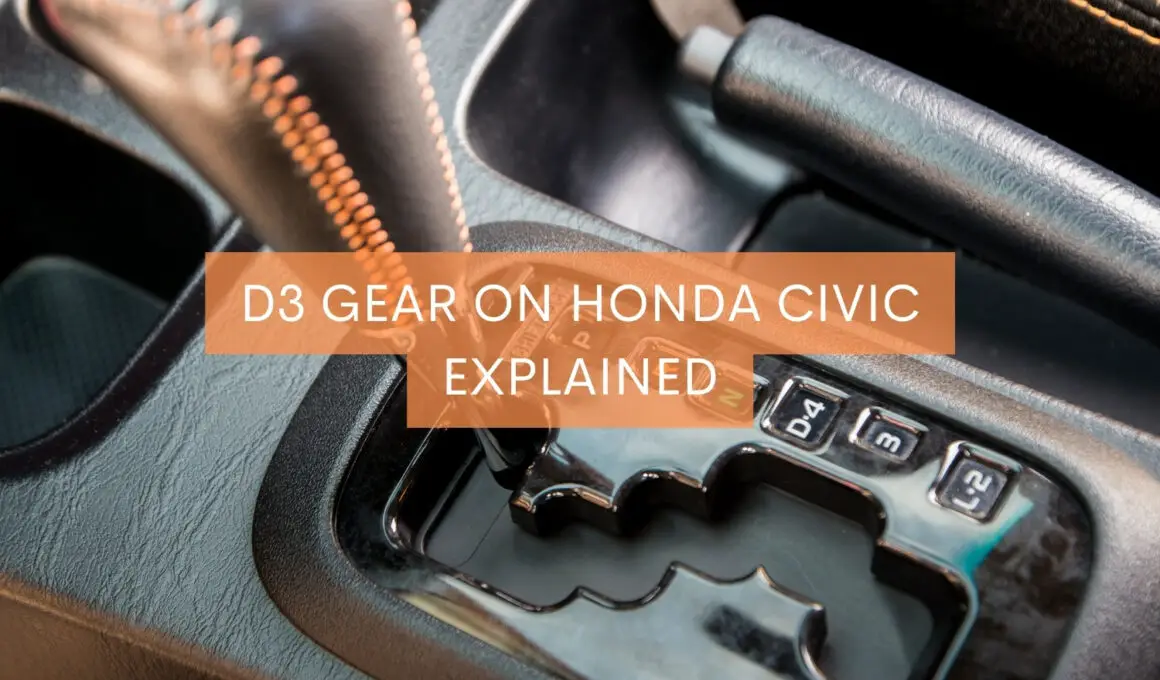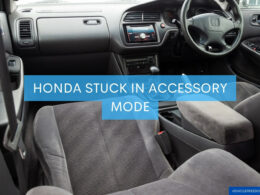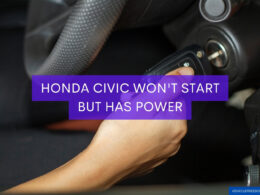In This Article Show
As an experienced mechanic with over 13 years in the field, I’ve worked on countless Honda Civics, and one feature that often sparks curiosity among owners is the automatic transmission system, particularly the D3 gear.
Having the privilege to both repair and drive these fantastic machines, I’ve developed a unique perspective on the relevance and use of the D3 gear. As someone with years of hands-on mechanical experience, I aim to shed some light on this topic in a straightforward yet professional manner.
Understanding your car and its features can greatly enhance your driving experience and the vehicle’s longevity. This is where the D3 gear comes into play.
This little-known gear option has puzzled many Honda Civic drivers. Why is it there? How and when should you use it? Are there benefits to using it? This blog post aims to answer all those questions and more.
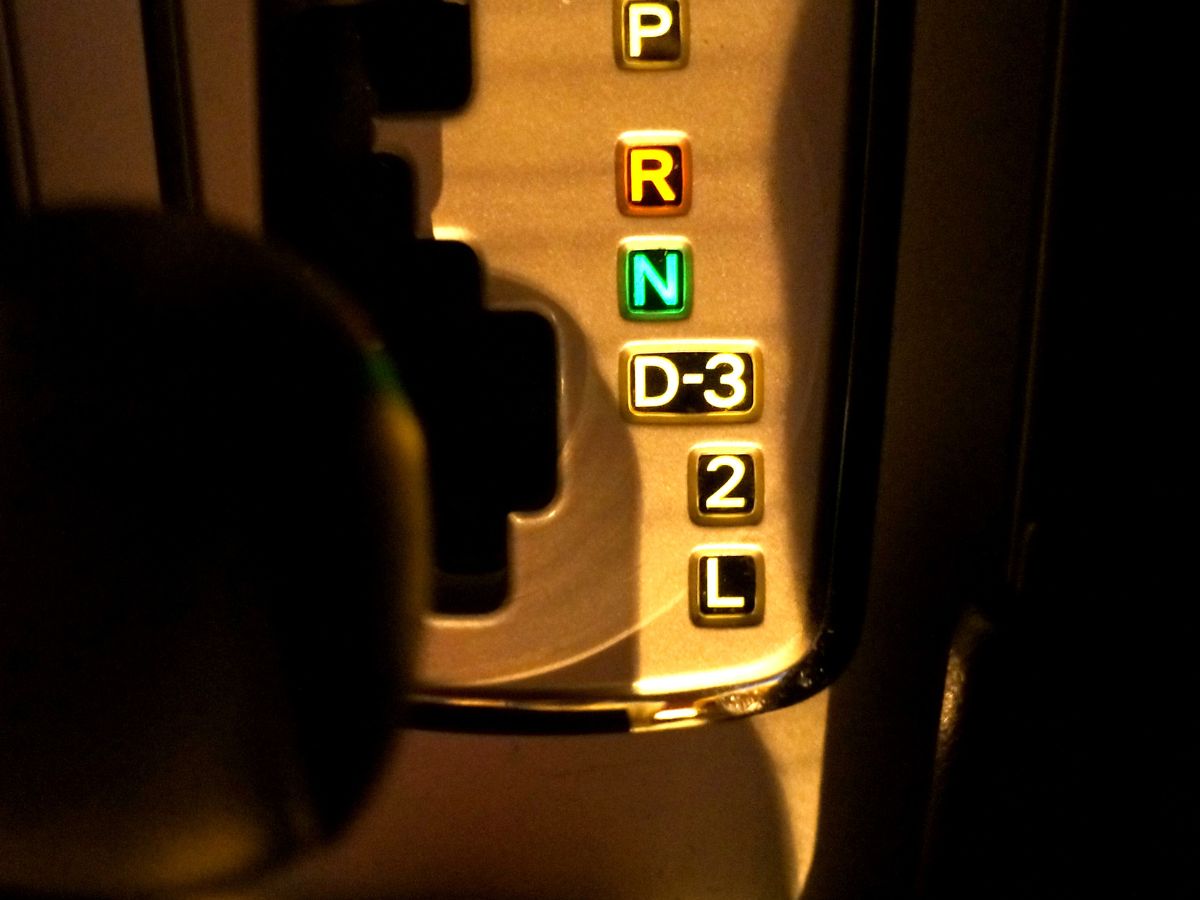
Understanding the Basics of an Automatic Transmission
In order to fully comprehend the role of the D3 gear in your Honda Civic, it’s important first to understand the basics of an automatic transmission system. I’ve spent over a decade working with both manual and automatic transmissions, and I can assure you that each system has its unique intricacies.
When you think of an automatic transmission, you might visualize it as a complex piece of machinery full of gears and levers. While it is indeed complex, its basic operation is relatively straightforward. An automatic transmission is responsible for shifting gears on its own (hence the term ‘automatic’) as you drive, ensuring that your engine operates efficiently.
In contrast to a manual transmission, where the driver has to shift gears manually, an automatic transmission relieves the driver of this task. Instead, it uses advanced sensors and hydraulic systems to detect speed, load, and other factors, adjusting the gears accordingly.
Now, let’s take a closer look at the gear range. In a typical Honda Civic with an automatic transmission, you’ll find these gear options: Park (P), Reverse (R), Neutral (N), Drive (D), and D3. While the first four are fairly self-explanatory, it’s the D3 gear that seems to catch people off guard.
In the following sections, we will take a deep dive into the D3 gear—what it does, when and how to use it, and why it matters for the longevity and performance of your Honda Civic.
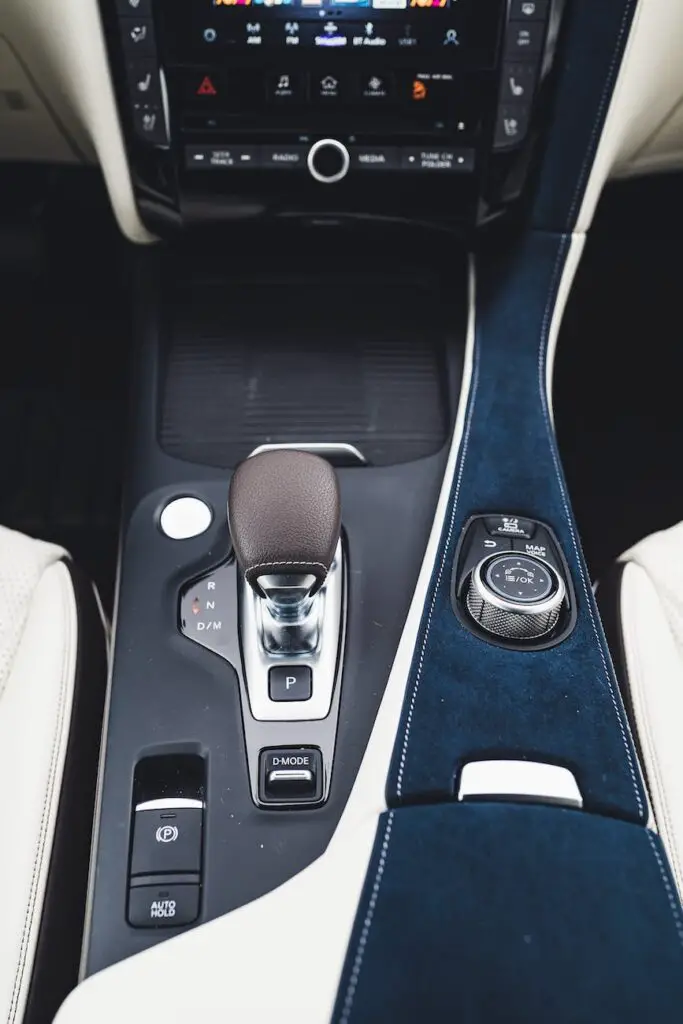
The Specific Role of D3 Gear in Honda Civic
The D3 gear, a unique feature in many Honda vehicles including the Civic, stands for “Third Gear”. When you shift your car into D3, you’re telling the automatic transmission to limit itself to the first three gears.
While D or “Drive” allows your car to utilize all gears available (based on the speed and driving conditions), D3 specifically restricts the gear use to first, second, and third gears. This has to do with giving the driver more control in specific situations.
Now, you may be wondering, when exactly should the D3 gear be used? The answer lies in specific driving scenarios requiring extra power or torque. This includes driving up a steep hill, towing a trailer, or navigating through stop-and-go traffic.
For example, your vehicle needs more power to fight gravity when you’re going uphill. The higher gears in an automatic transmission are designed for speed rather than power. By shifting to D3, you limit the transmission to the lower gears, which are better suited for providing the power needed to climb.
In stop-and-go traffic, the constant shifting between gears in the automatic transmission can lead to wear and tear over time. Using D3 in such conditions can minimize the shifts, reducing the strain on your transmission.
Remember, the key here is to use D3 wisely and judiciously. Unnecessary use in inappropriate conditions can lead to decreased fuel efficiency and excess strain on your vehicle’s engine and transmission system. So, understanding when and how to use D3 can greatly improve your Honda Civic’s performance and longevity.
Benefits of Using D3 Gear
The D3 gear in your Honda Civic is not just a gimmick. It can offer several tangible benefits that enhance your driving experience and your vehicle’s performance. Here are a few key advantages:
1. Improved Control in Specific Conditions
As we discussed earlier, the D3 gear comes into its element in particular driving situations such as climbing hills or navigating through stop-and-go traffic. By restricting the transmission to the lower gears, D3 allows your car to generate more power and torque, thereby giving you better vehicle control.
2. Greater Efficiency while Towing
If you’re towing a trailer or another heavy load, the D3 gear can be a real lifesaver. It provides the additional power needed to pull the load without overworking the engine or causing excessive wear and tear on the transmission system.
3. Reduced Transmission Wear
In traffic scenarios where there’s a lot of braking and accelerating, your automatic transmission must constantly shift between gears. This frequent shifting can take a toll on the transmission over time. Switching to D3 limits the gear changes, thus reducing the wear and tear on your information.
4. Fuel Efficiency
While it might sound counterintuitive, using the D3 gear can sometimes improve fuel efficiency. When climbing a steep incline or hauling a heavy load, the car’s engine can struggle if it’s in a higher gear, leading to higher fuel consumption. By shifting to D3, you can provide more efficient power, resulting in better fuel economy in these specific scenarios.
Common Misconceptions About the D3 Gear
As with any feature that isn’t widely understood, several misconceptions revolve around the D3 gear. Let’s address some of the most common ones:
1. “Using D3 gear will damage my transmission”
One of the most common misconceptions is that using the D3 gear will harm your transmission. In reality, the D3 gear is designed for specific driving conditions and, when used properly, won’t damage your transmission. However, like any gear, inappropriate or excessive use can lead to wear and tear over time.
2. “D3 gear is a replacement for the ‘Drive’ gear”
While the D3 gear does provide added control in certain scenarios, it’s not meant to replace the ‘Drive’ (D) gear. The D gear should be your default choice for most driving conditions, as it allows the transmission to use all gears and operate efficiently.
3. “D3 increases fuel consumption”
This isn’t entirely true. In normal driving conditions, using D3 instead of D can lead to higher fuel consumption as it restricts the transmission to the lower gears. However, in specific conditions like driving uphill or towing, D3 can improve fuel efficiency, as explained in the previous section.
4. “D3 gear is only for sporty driving”
While it’s true that using D3 can provide a sportier feel to your drive, given the increased torque and power, it’s not its sole purpose. The D3 gear serves practical purposes like providing better control in certain driving scenarios, improving towing efficiency, and reducing transmission wear.
Being aware of these misconceptions and understanding the proper use of the D3 gear will help you optimize its use and enhance the longevity of your Honda Civic. It’s always about finding the right gear for the right moment.
Wrapping it up
Ultimately, understanding your Honda Civic and its unique features like the D3 gear can make a world of difference in your driving experience. It gives you more control over your car, enables you to navigate specific driving scenarios more efficiently, and helps prolong the life of your vehicle.
The D3 gear is not just another gear in your automatic transmission system; it’s a practical tool that, when used correctly, can greatly enhance your vehicle’s performance.
It might seem difficult at first, but with knowledge and a little practice, you can become adept at knowing when and how to use it.






